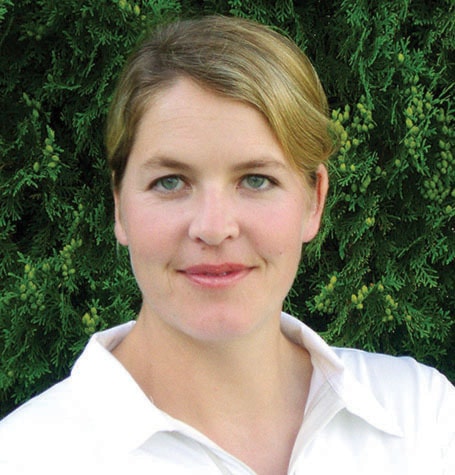Beth Powning, the New Brunswick writer best known for The Hatbox Letters and The Sea Captain’s Wife, digs a little further back in time with her latest historical fiction, A Measure of Light.
The year is 1634. Charles I is ruling England and puritans are being persecuted. On a snowy day just before Christmas, Mary Dyer, a puritan who is interested in reforming the Church of England from within, comes upon three men having their ears cut off and their noses slit because of their Puritan views.
“Mary heard the screams and shouts of the crowd. The sounds grew louder, rising over London’s din of bells, wheels, hammers, shrill voice vendors ... The hangman dropped one of the prisoner’s ears into a bucket...” Dyer (a real historical figure and religious folk hero) barely makes her way home without fainting.
Shortly after witnessing the gruesome public punishments, Mary flees with her husband to Boston — a haven for Puritans dubbed the New Jerusalem. Once there, Mary and William find they have gone from the frying pan and into the fire. Boston’s Puritanical rulers imprison, flog and put people in stocks for missteps as simple as not attending church on Sunday.
Throughout her life, Mary Dyer seems to fall into the path of religious persecution. Even after abandoning Puritanism to become a Quaker, she suffers for following a religion opposed by those in power.
Powning is an exquisite writer. A Measure of Light has many beautiful turns of phrase, and is meticulously researched. Having invented many details, Powning convincingly depicts Dyer as a woman who, because of extreme suffering, is unable to connect to others or to feel love — except of the religious kind.
Nowadays, Dyer would probably be diagnosed with severe depression and post traumatic stress disorder. But because of her extreme discontent, I sometimes found it difficult to connect with Dyer and maintain interest in a story told from her perspective.
However, Powning’s storytelling is successful on many other levels. Through detail, she shows how different life and world views were in the 1600s.
Of course, things haven’t changed so much everywhere. Church and state aren’t separated in some countries, and religious fanaticism is still inciting violence. In North America, we sometimes forget that this trouble isn’t something that happens only far away and to other people, but is a part of our history as well.
Heather Allen is a book reviewer and writer living in Penticton
